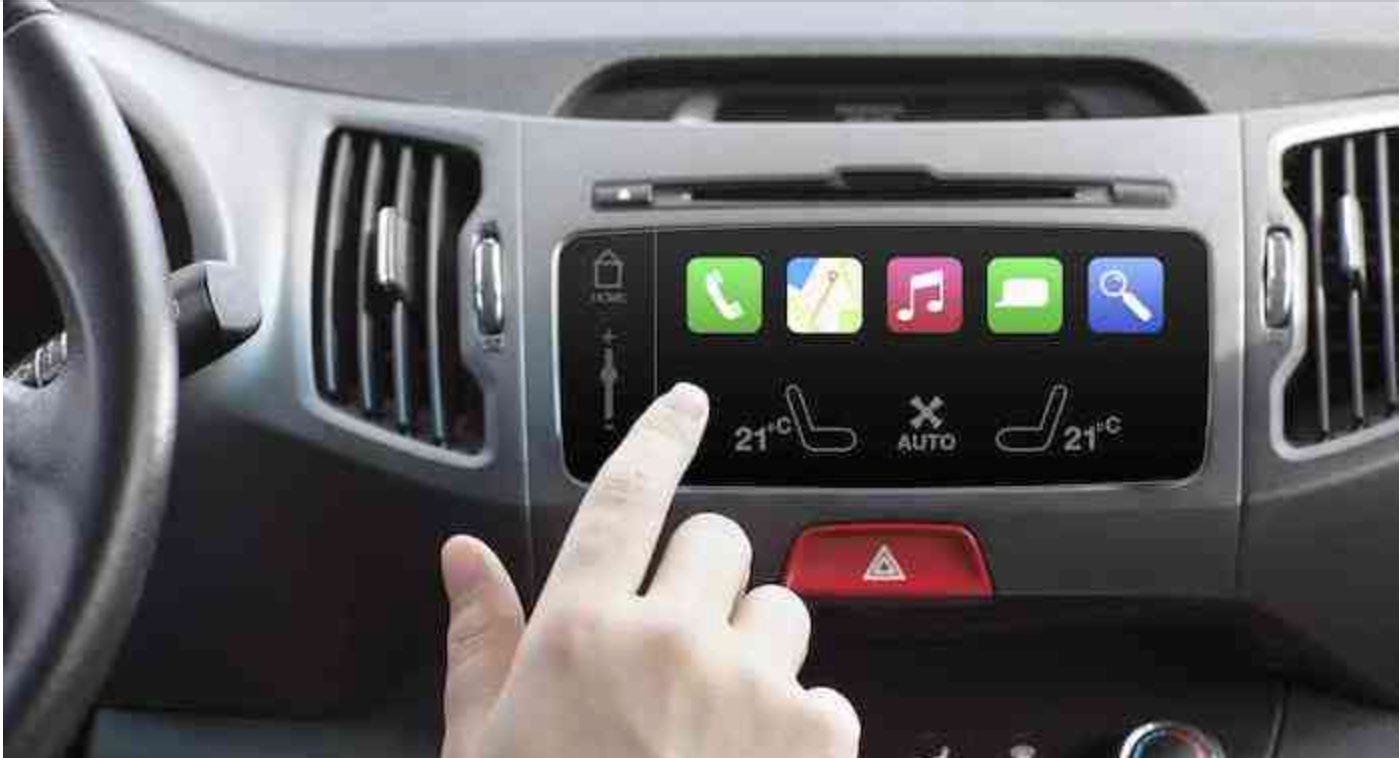
08 Apr Let’s Not Repeat Mobile History Again With The Connected Car
When Steve Jobs announced the iPhone on January 9, 2007 at it’s Macworld convention, little did I or anyone else at that time really understand the massive impact that day would have on the wireless industry. The phone was cool enough that by itself it would have been a success, but when AT&T decided to trade exclusivity for giving up control and changing its business model to unlimited data then the overall ecosystem would never be the same. 
While it has been a boom for the overall mobile industry, some could argue that Apple and it’s over $700B market capitalization got the better of the bargain. Before the iPhone, wireless operators controlled the phones that ran on their network including the branding and preinstalled applications. Now they do not. Before the iPhone, the wireless operators controlled and enjoyed the revenues from their third party applications ecosystem. Today they do not. Before the iPhone, wireless operators had multiple ways to increase ARPU from their subscribers. Now limited to a model of mostly reselling their networks, they are looking to acquire content companies (AT&T to buy DIRECTV and Verizon to buy AOL) to fuel their future revenue growth with subscribers.
So why, over 8 years later, am I choosing to spend time in a historical retrospect? There has been much buzz recently about Apple and Google aggressively entering the automotive market. With everything from operating systems to full autonomous cars, it is clear to me that the connected car is the next market where Silicon Valley is focusing its innovation. While it is fun to consider an EV Apple car or an Autonomous Google car, my primary concern for our automotive industry is the implication of giving these tech giants control of the car experience through their Smartphone integration. While it seems benign, maybe even good for consumers and sales in the short-term, this could have a long-lasting and negative affect on our industry.
I admire the way that Elon Musk and Tesla have boldly innovated the electric vehicle to compete with the automotive industry. The way they are pulling the industry forward is truly innovative. Apple and Google are probably interested in doing the same thing. The problem is that they are not just content to build cars that are better. On their way to that objective, they are also trying to use their sizeable market leadership in smartphones to take over the user experience of the car. This is a bold strategy cloaked in the halo of improving the connected car experience for smartphone users. If successful, the automotive brands we love could become a distant memory in the future.
This week several automotive manufactures including General Motors and Hyundai have made announcements around new smartphone enabled models coming soon to a dealer near you. Before automotive manufacturers turn the keys to their user experience over to smartphone makers in an even more significant way, my hope is that they are considering the long-term consequences of this decision. Silicon Valley always plays to win big. The threat is real that manufactures in the future will compete against them selling cars while simultaneously relying on them for the connected services their customers enjoy. In a dooms day scenario, the Silicon Valley brands could become premium and the existing automotive manufactures would be relegated to the equivalent of (excluding Samsung) the rest of the commodity Android Smartphone makers today.
All is not lost for automotive manufactures. Winners of previous platforms very rarely cross the chasm to the new consumer opportunities. IBM didn’t win the PC, Microsoft didn’t win the Smartphone, Sony didn’t win digital music players and there is not a predetermined fate that Apple and Google will win the car. It also doesn’t mean that they won’t if we let them.
The road forward for the industry is clear. The connected car of the future needs to be its own unique, valuable and innovative product that is lead by automotive manufacturers. There is a lot to be learned by the success of the Smartphone. Like everything in IoT, the car needs to connect to this wireless ecosystem and share information with other devices. More importantly, the car must connect directly to the cloud and have services designed specifically to improve the driving and overall ownership experience. R&D investment in software and supporting technology needs to be increased by both manufacturers and their Tier-1 suppliers. Also, bringing in new automotive friendly suppliers with experience from mobile and other consumer technology industries is critical to create the future connected car.
The connected car has a bright future and is destined to change our lives in many culturally significant ways. In May 2015, Business Insider estimated that by 2020 there will 220M connected cars on the road. Let’s make sure as an industry that we do not justify short-term decisions with long-term competitors that will have consequence on both our businesses and the connected car of the future. Led by the connected car, I see a future where automotive manufacturers once again regain their positions as the most valuable companies in the world.
For more in-depth analysis of in-car technologies, we have commissioned a white paper, “The In-Car App Experience: Convergence and Integration,” highlighting the opportunities and setbacks for auto manufacturers, OEMs and software developers in the connected-car market.







